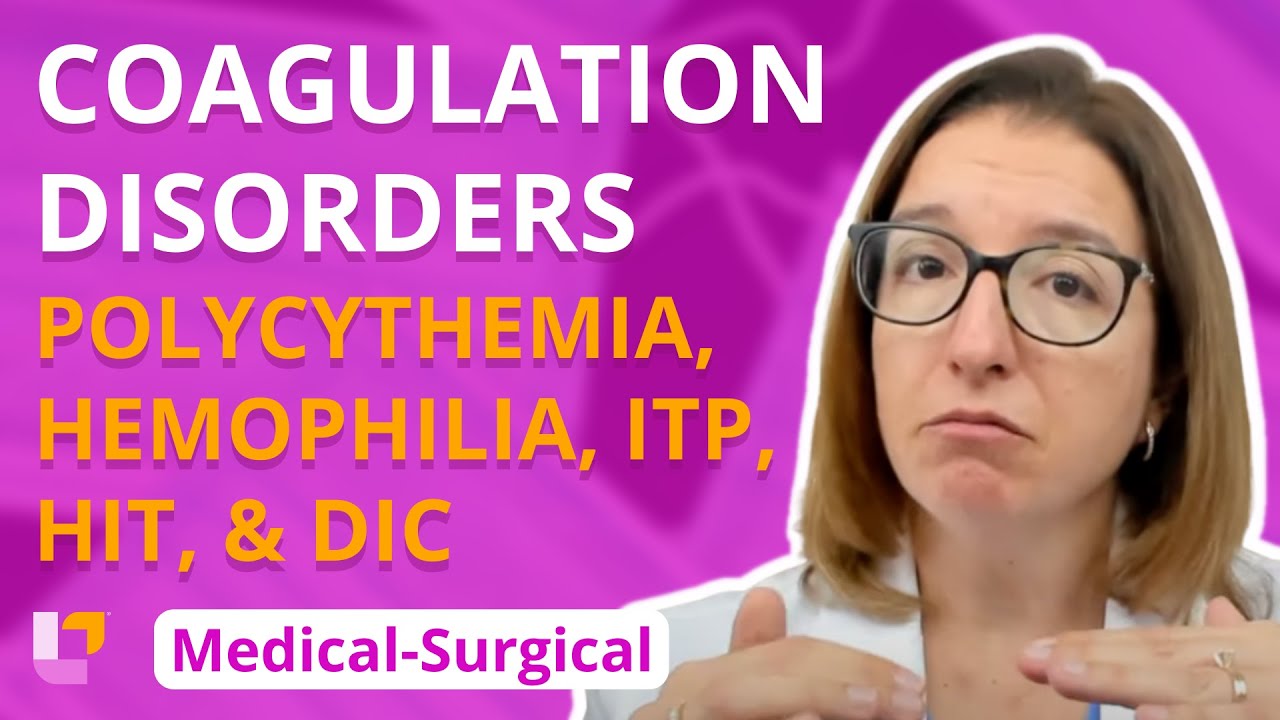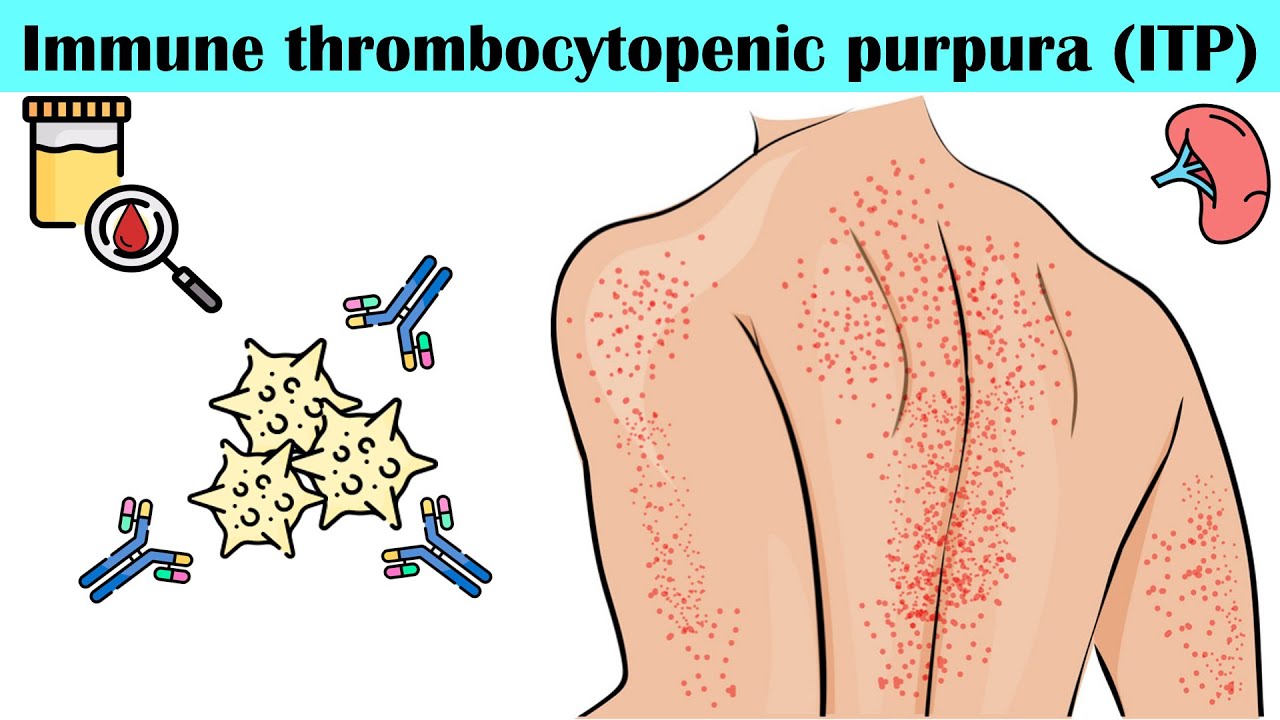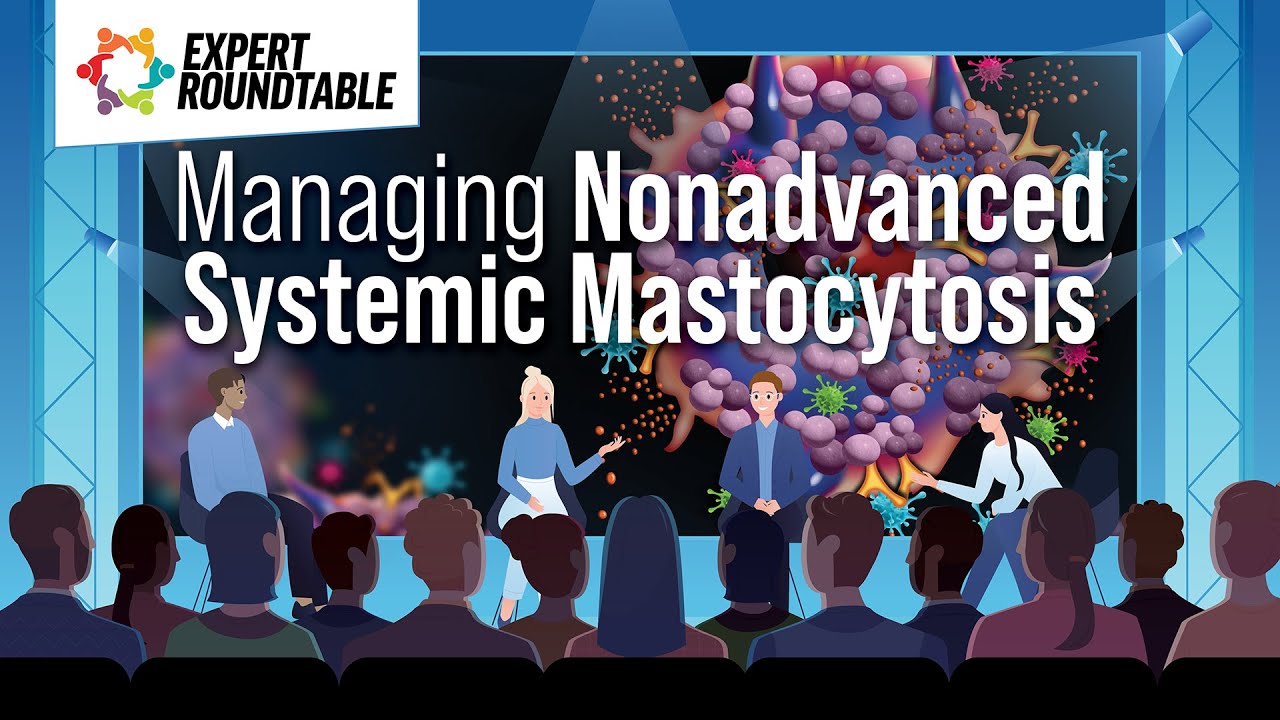Education Key in Managing Anaphylaxis
Reuters Health • The Doctor's Channel Daily Newscast
The practice parameters were developed by the Joint Task Force on Practice Parameters, representing the American Academy of Allergy, Asthma & Immunology (AAAAI); the American College of Allergy, Asthma & Immunology (ACAAI); and the Joint Council of Allergy, Asthma and Immunology. They are published in the Journal of Allergy and Clinical Immunology online August 7.
In the 2010 Update, Dr. Phillip Lieberman of the University of Tennessee College of Medicine, Memphis and colleagues discuss numerous specific triggers for anaphylaxis.
Food, for example is the most common cause of anaphylaxis, “and food allergens account for 30% of fatal cases of anaphylaxis.” Asthma is a risk factor for severe food allergy, the report notes, and biphasic anaphylactic reactions can occur in up to 25% of fatal and near-fatal food reactions.
Latex-induced anaphylaxis and anaphylactic reactions to anesthesia are other common settings.
Coital anaphylaxis due to seminal fluid is another possibility. The panel notes that in such cases, the affected woman “may be able to conceive without undergoing desensitization, by artificial insemination with washed spermatozoa.”
For patients with exercise-induced anaphylaxis, prophylactic medications are usually not effective, but attacks appear to become less frequent and severe over time.
Other triggers covered include insect stings, drugs and biological agents, and allergens used in immunotherapy.
As for prevention, the report notes that avoidance has to be tailored to the individual, based on considerations of age, occupation, residential conditions and so on. Even so, avoidance measures may not work, and so the patient should be instructed in self-management.
When avoidance is not possible, immunotherapy may be an option, and desensitization to specific medications is possible.
Ultimately, the authors advise, “Patient education might be the most important preventive strategy.”
A disclosure statement indicates that several of the editors and workgroup contributors have potential conflicts of interest, as consultants for pharmaceutical companies or in other capacities.
Reference:
The diagnosis and management of anaphylaxis practice parameter: 2010 Update
J Allergy Clin Immunol 2010.








